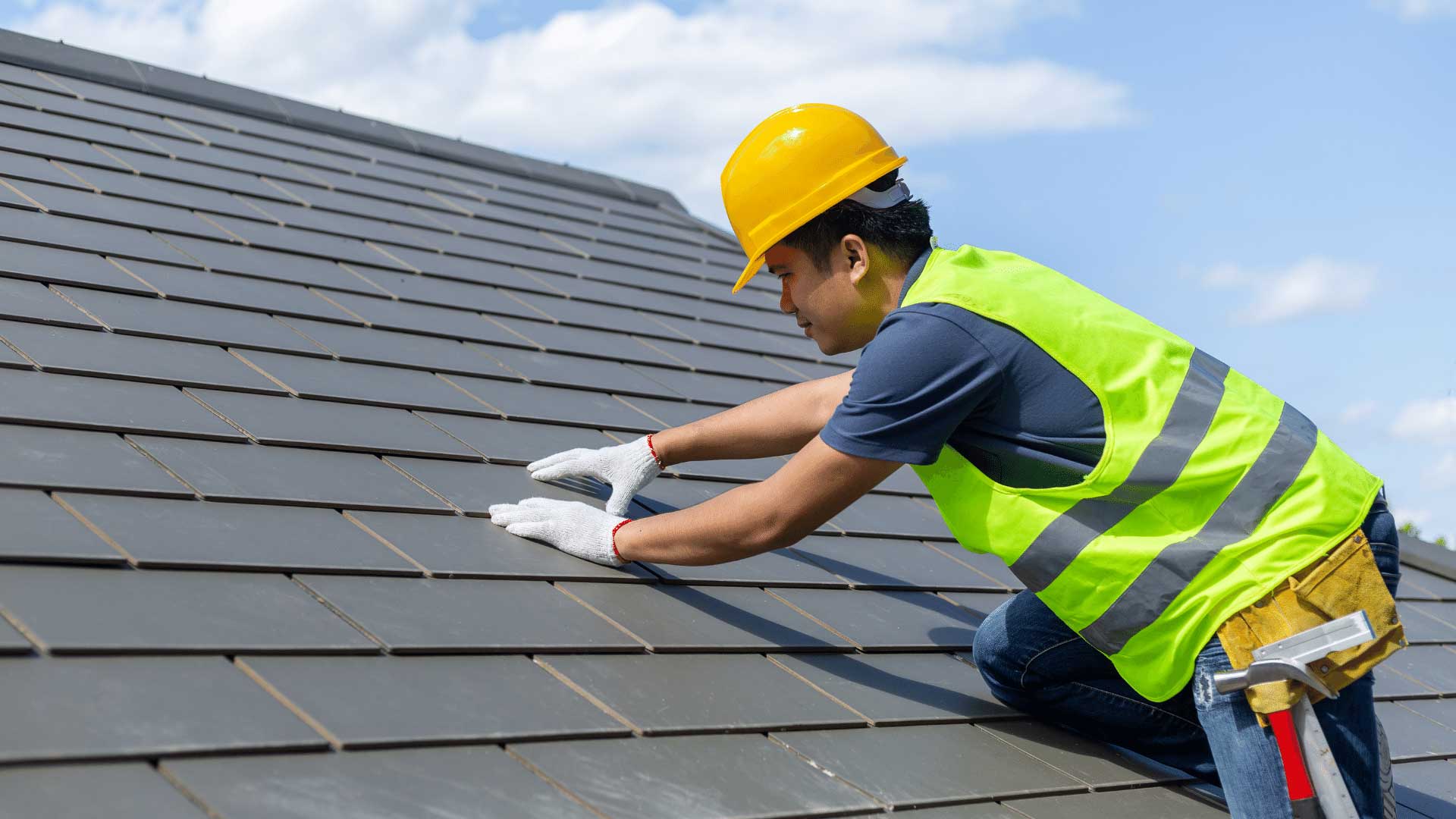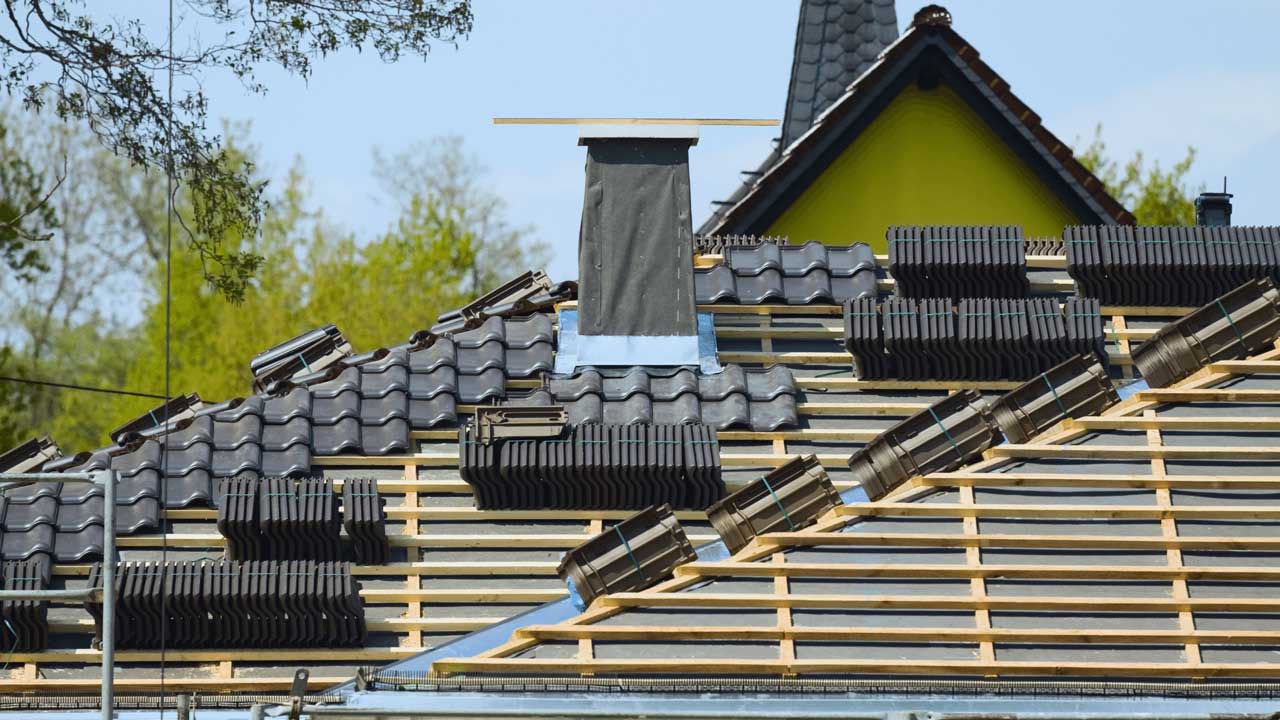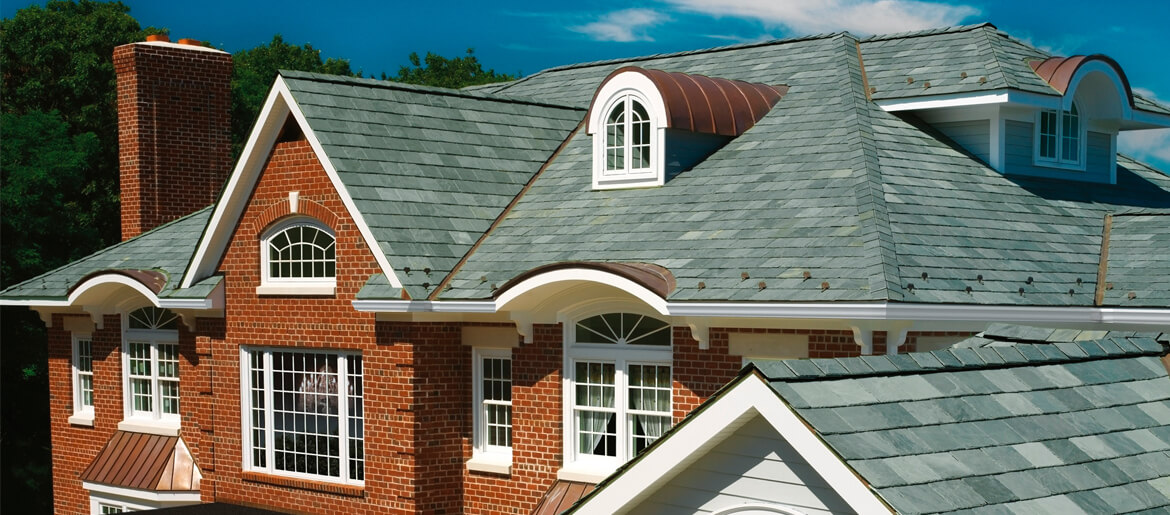One of the most important decisions that a homeowner makes when constructing a roof is choosing how many layers of shingles to install. This decision can have long-term impacts on the safety, energy efficiency and value of the home. In Texas, there are specific requirements for new roofs related to the number of shingle layers allowed. Understanding these guidelines helps ensure the best possible outcome for any roof installation in Texas.
This article provides an overview of the regulations set forth by Texas governing bodies and explains why it is essential to follow them. It discusses what types of surfaces should be covered with multiple layering and considers whether or not such installations are cost effective. Additionally, this article examines other factors which may influence the type and amount of coverage required. By understanding all aspects associated with shingle layering in Texas, homeowners can make more informed decisions about their roofs.
Ultimately, being aware of state regulations regarding multiple layering of shingles is critical for anyone planning to build or remodel a roof in Texas. With proper knowledge, homeowners can construct safe and efficient roofs that will last for years while increasing property values at the same time.
Definition Of Shingles
Shingles are an important roofing material, typically composed of asphalt and fiberglass. Asphalt is a petroleum-based product that provides flexibility, durability and weather resistance to the shingles. Fiberglass adds strength and helps protect against ultraviolet radiation from the sun. Shingles can be flat or textured in appearance, with different shapes and sizes available depending on their intended use. They come in various colors to better match specific roofs, building styles and residential neighborhoods.
There are two basic types of shingles: organic and fiberglass-based (also known as laminated). Organic shingles contain a base layer of felt paper while fiberglass-based models have a base layer made up of multiple layers of asphalt saturated mats topped with mineral granules. Both types provide excellent protection for buildings but organic shingles tend to be heavier than fiberglass-based ones, making them more difficult to install in some cases.
Building Code Requirements For Texas Roofs
In Texas, the International Residential Code (IRC) serves as a guide for residential construction practices. Roofs in Texas must follow IRC standards, including installation of shingles. Generally speaking, roofs must be installed with two layers of asphalt composition shingles and an underlayment layer beneath them. This is to ensure proper water drainage and protection from wind-driven rain. The top layer of shingles should overlap the bottom layer by at least 2 inches. It is important that all four sides of each course are fully covered with overlapping shingles and free of gaps or spaces between courses. The roof deck should also have a minimum slope ratio 1:4, meaning 14 inches of rise per 4 feet of run, allowing adequate runoff to prevent pooling on the roof surface and potential damage due to ice dams forming during winter months. To further protect against weather elements, metal flashing must be used around any opening such as chimneys, vents, skylights, etc., along with adhesive sealants where applicable.
Different Types Of Shingles
In Texas, the most common type of shingle used on roofs is asphalt. This is due to its affordability and durability in all types of weather conditions. Asphalt shingles are available in three-tab or architectural varieties and come in multiple colors to match any home’s exterior. Three-tab shingles provide basic protection for a roof but may require replacement sooner than other options. Architectural shingles offer more protection against water damage and have an increased lifespan compared to three-tab shingles. Metal roofing has become increasingly popular among homeowners looking for superior longevity combined with a modern aesthetic appeal. Metal roofs can be made from steel, aluminum, copper, zinc, or even stainless steel which provides excellent fire resistance as well as being able to withstand extreme weather conditions such as hail storms or hurricane force winds. Tile roofing is another option that many Texans choose due to its low maintenance requirements and long life span when properly cared for. Clay tile roofs are also highly resistant to fires making them ideal for areas prone to wildfires. However they can be quite expensive up front and heavy so there may need to be extra structural supports added prior installation if not already present on your existing structure. Ultimately the number of layers you decide on will depend on your budget, climate needs, and desired look of your home’s exterior.

Benefits Of Multiple Layers Of Shingles
The installation of multiple layers of shingles on a roof in Texas offers many benefits. One advantage is that multiple layers can increase the lifespan and durability of the roof. This means that homeowners will not have to replace their roofs as often, potentially saving them money over time. Additionally, more than one layer of shingles can provide better protection against extreme weather conditions such as hail or strong winds. The extra layers help reduce damage caused by these elements and make it easier for repair crews to assess any areas needing attention. Furthermore, additional layers may also be beneficial when considering energy efficiency, as they can act like an insulator and decrease heating costs during winter months.
In terms of aesthetics, having multiple layers of shingles installed on a roof can give it a unique look with various textures and colors from different types of shingles mixed together. This allows homeowners to customize their homes’ exterior appearance while still enjoying the practical advantages offered by installing multiple layers. Overall, adding additional layers to a roof in Texas provides numerous benefits that could save money, protect property from extreme weather events, and enhance its overall visual appeal.
Installing Multiple Layers Of Shingles
In Texas, the number of layers of shingles that can be installed on a roof depends upon local building codes and regulations. Generally speaking, two or three layers is acceptable in most areas; however, some jurisdictions require four layers to provide adequate protection against weather and wear-and-tear. Installing multiple layers of shingles requires careful consideration due to their weight and potential for creating additional stress on the underlying rafters. An experienced shingle installer in San Antonio TX should assess the condition of the existing structure prior to installation in order to ensure safety and durability over time. Furthermore, proper ventilation must also be taken into account when installing multiple layers of shingles as this helps reduce heat buildup in the attic space below. For these reasons, it is important to consult with a qualified contractor before deciding whether installation of multiple layers of shingles is appropriate for your particular project.
Costs Associated With Adding Layers Of Shingles
The cost of adding multiple layers of shingles to a roof in Texas will depend on the type and number of materials used. The cost can also vary depending on the contractor hired, as well as their experience level. Materials such as underlayment may be needed when adding additional layers to an existing roof, which would increase the overall costs. Additionally, hiring qualified labor for the installation process could add significantly more to the total price than if done by a less experienced individual or crew.
When deciding whether or not to add multiple layers of shingles to a roof in Texas, it is important to weigh all associated costs against potential savings from improved longevity and protection. If investing in better quality materials or higher-skilled laborers means that fewer repairs are needed over time, then those extra expenses might pay off down the road. For this reason, researching different options thoroughly ahead of time can help homeowners make informed decisions about how best to protect their home’s exterior with proper roof maintenance and repairs.

Maintenance And Care Of Multi-Layered Roofs
In Texas, the standard for roofs is two layers of shingles. However, in more extreme weather conditions, multiple layers may be required to ensure adequate protection. To maintain a multi-layered roof properly, regular inspections should be conducted so that any potential damage can be identified and addressed quickly. Additionally, it is important to keep an eye out for signs of wear and tear such as broken or missing shingles, cracked flashing, loose nails or screws and discoloration due to moss growth.
When performing maintenance on a multi-layered roof system, homeowners must take into account the age of each layer and treat them accordingly. For instance, if only one layer is relatively new while the other has been in place for several years, then extra care needs to be taken with the older layer when removing debris from its surface or making repairs. It is also recommended that both layers are treated with water resistant sealant every five years to protect against moisture penetration caused by rainwater or snow melt which could potentially lead to premature deterioration of the roof system over time.

